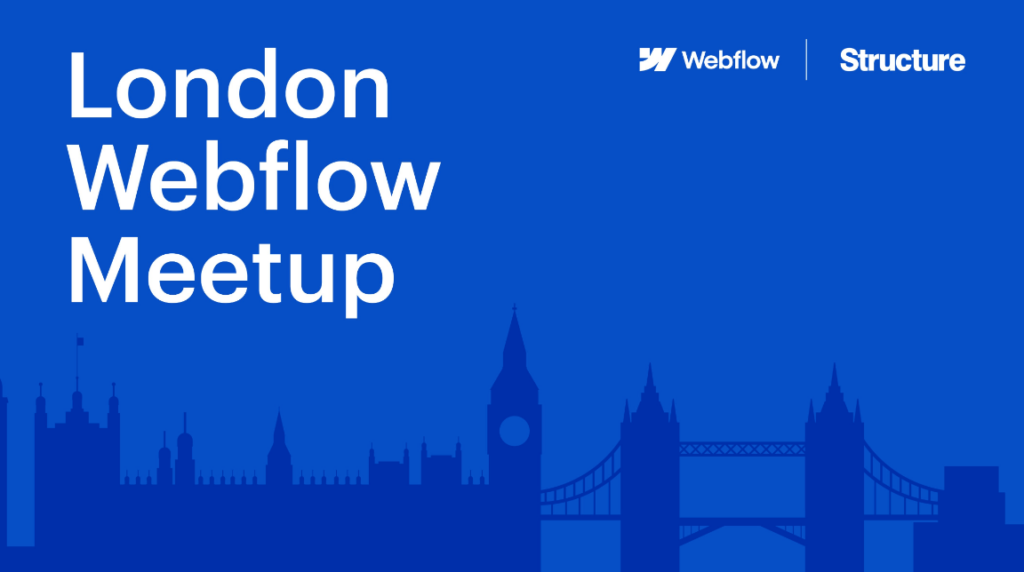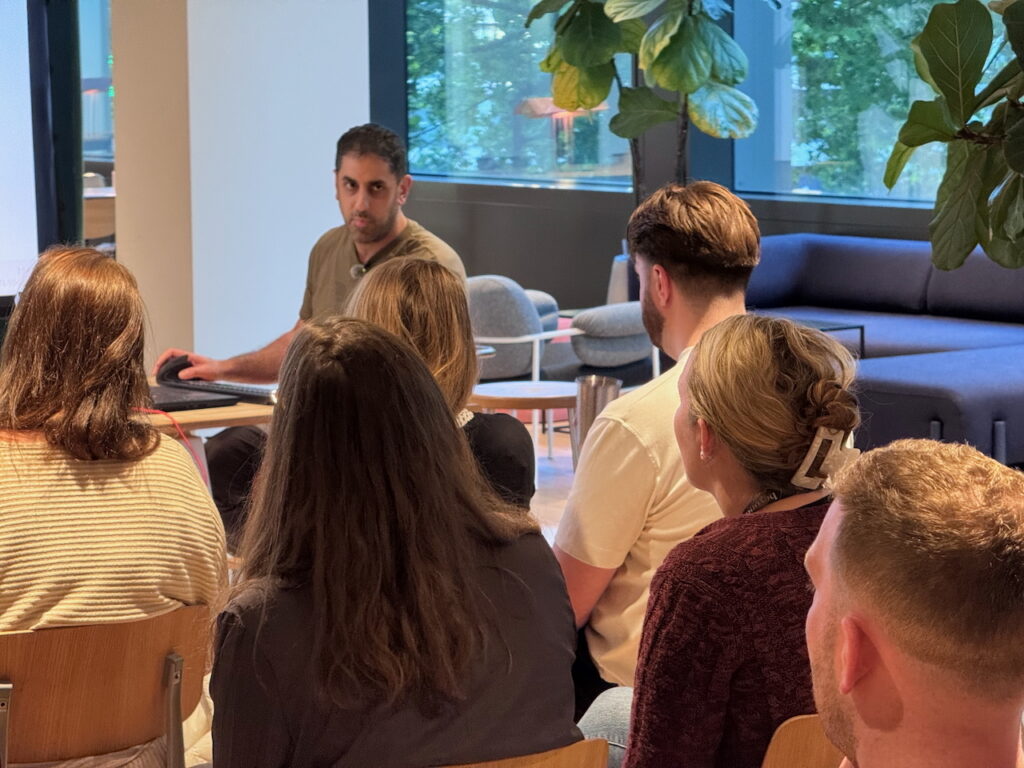
In the ever-evolving landscape of AI-powered web development, seamless integration and automation are key. Enter MCP — the Model Context Protocol — a lightweight server framework that allows AI tools to directly interact with your website's workflow. Whether you're managing CMS content or automating localisation, MCP is poised to become a game-changer.
In a recent live demo at our London Webflow Meet-up event [1:00:35], we got an up-close look at how MCP can radically streamline digital workflows. Here’s a breakdown of what it is, how it works, and why it matters.
What Is MCP?
At its core, MCP is a server layer that acts as a bridge between your AI tools and your website or web app (like Webflow). Think of it as a translator that allows your AI assistant to perform real tasks inside your CMS or design system — no manual clicking required.
With MCP, your AI can:
- Create and update CMS items
- Edit page settings (like SEO tags, titles, and slugs)
- Modify or add custom code blocks
- Automate workflows such as content localisation across multiple languages
Remote vs. Local Setup
There are two ways to deploy MCP depending on your technical needs:
1.Remote Setup (Easy Mode)
- Quick and straightforward
- Uses a cloud-based AI tool like Claude Desktop
- Limited debugging and log access
- Hosted externally and connects via an API key
2.Local Setup (Power Mode)
- Run your own MCP server locally
- Full access to real-time debugging
- Works offline
- Ideal for complex or custom workflows

Antony's demo
The Live Demo: AI in Action
During the demo Claude (a next generation AI assistant built by Anthropic) was connected to a Webflow website using the remote MCP setup. Here's what happened:
- Connected to Webflow via an API key and authorised the app.
- Listed all available sites via the Webflow API.
- Published the website directly through AI commands.
- Updated the CMS collection with new and existing team bios from a client-provided document.
- Automatically added new team members as drafts, while updating existing ones.
- Promoted 'Cookie Monster' to Chairman and reordered the team list based on sort criteria — all via natural language.
Despite a few timeout hiccups, the AI successfully updated the live site — images, bios, positions, and sort order — without any manual edits.
Looking Ahead: MCP Meets MCP with AGP
A fascinating point discussed was Google’s newly introduced protocol, Agent Gateway Protocol (AGP), which enables MCPs to communicate with each other. This opens doors for tools like HubSpot and Webflow to interact natively, without fragile middleware that breaks every time an API changes.
Imagine an AI that coordinates across platforms — syncing CRM data with your CMS, updating landing pages in real time, or launching cross-platform campaigns with a single command. That’s where this is heading.
Final Thoughts
MCP isn’t just a tool — it’s the foundation for a smarter, more automated web. Whether you're a developer, content manager, or designer, MCP has the potential to transform how you build and manage websites by letting AI take care of repetitive tasks.
As AI tools like Claude evolve and protocols like AGP expand, the line between human creativity and machine execution will continue to blur — and MCP is a big part of that story.
...
If you are interested in learning more about Webflow why not join our community, we meet every month and everyone is welcome whatever your experience.
Comments are closed.